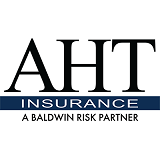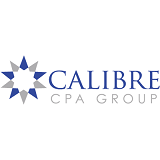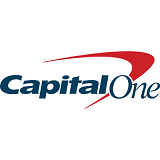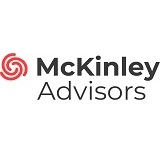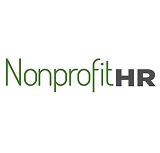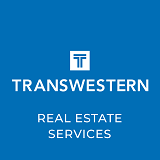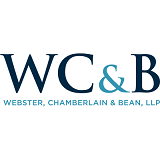
5 Tips Corner - Returning to the Workplace: Strategies and Essential Considerations for Nonprofits
Plans to return to the workplace are evolving and have people thinking carefully about what the future of the workplace should look like. While there is a great deal of uncertainty, one thing is clear: Employees expect flexibility. At the onset of the pandemic, 31% of employees were working remotely and between mid-March and early April 2020 that number grew exponentially. As organizations return to their physical workspaces, leaders are exploring hybrid workforce models. Here we highlight five key elements of a successful strategy; these support broader short- and long-term considerations from the recent Nonprofit Return to Workplace Pulse Survey.
5 Elements of a Successful Strategy
- Meet people where they are. While we have endured the pandemic together, we have each had very different experiences. Help managers understand the need to recognize that people are in very different places today with different challenges still in front of them. Create plans and make decisions based on guidance from credible sources.
- Don’t lose focus on diversity, equity and inclusion. Take care to recognize that short- and long-term flexibility creates both DEI-related barriers and opportunities. The best strategies will be deliberate in working to address new barriers (e.g., less visibility) and capitalize on opportunities (e.g., cast a wider net to ensure diverse recruitment pools). Leaders need to be intentional in their work to advance equity when considering long-term changes to flex-work policies.
- Address fear and resistance. Resistance is normal and must be embraced—the key is to ask good questions, listen and be transparent. Employers must develop plans that address employee concerns. If need be, start small, propose a pilot that will monitor concerns and allow for adjustments. Organizations need to remain agile, be ready to shift gears, and HR leaders may need to rethink their priorities.
- Double down on shaping culture. Leaders set the tone in the way they communicate both formally and informally. Plans need to reinforce the positive values of the organization. A return-to-workplace effort is a great opportunity to celebrate the culture and highlight the behaviors that make people proud. An easy way to do this is simply to extend flexible policies to demonstrate and foster trust. Leaders might also think strategically about using the time in the physical workplace to reinforce values and refine culture. Beyond culture, managers need to set expectations of others and lead by example.
- Leverage—and support—front-line supervisors. It is easier to engage and manage teams that are either 100% remote or in person. We will need to continue to evolve how we develop teams, provide coaching, encourage collaboration and address performance issues. Managers need to make it the norm to use collaboration technology tools which can centralize communication, work processes and file sharing. Further, HR leaders need to support managers in their efforts to give feedback and manage performance.
By Sidney Abrams, SPHR, SHRM-SCP, Vice President | Business Development , Nonprofit HR
![]()
These materials are for informational purposes only. These materials do not represent any opinion, guidance or recommendation, whether formal or informal, of Capital One, National Association, or any of its officers, directors, employees, advisors, attorneys, consultants, affiliates or subsidiaries (collectively, “Capital One”). Without limiting the generality of the foregoing, these materials do not represent legal advice or guidance by or from Capital One. In no event may the recipient of these materials rely on these materials for any purpose whatsoever. Nothing contained in these materials shall give rise to, or be construed to give rise to, any obligations or liability whatsoever on the part of Capital One. Nothing contained in these materials shall alter or modify, or be deemed to alter or modify, applicable law (including, but not limited to, the limitations under applicable law of Capital One's obligations and/or liability in applicable matters). The recipient of these materials should consult the recipient’s own counsel to understand the recipient’s obligations and liability in applicable matters.

